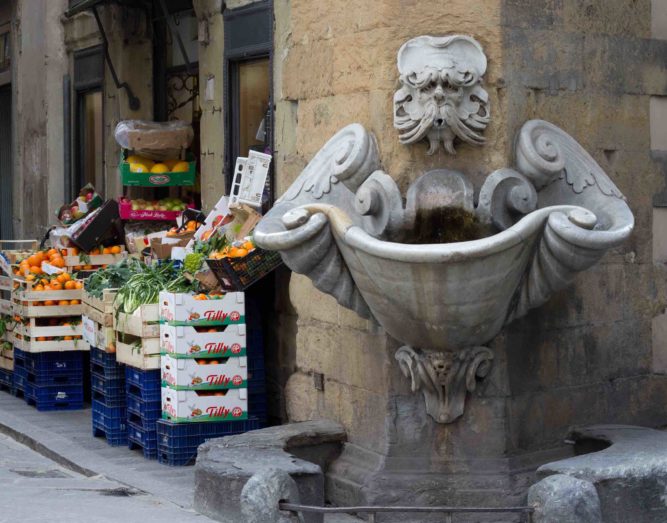Florence Continues to Discuss City’s Future

In our previous article about the Future of Florence initiated by La Repubblica Firenze, we asked you, our readers, for your opinions on how the city can adapt post-pandemic. We received a number of responses on the Magenta Florence & Vista Magazine Facebook page, as well as in Foreigners in Florence Facebook group. Majority of the comments revolved around potential projects Florence should take on in order to become a greener, more accessible, and cultural city.
Many echo the desire for more bike lanes in the city center and in surrounding areas to lower pollution and traffic in the city. Monica Sharp “loves the lower level of traffic now. The city is so much more liveable not dodging massive crowds of day trippers.” She is all for the “human scale use of outdoor spaces. See Piazza dei Ciompi in the last two months — it has come alive. I cannot tell you how pleasant the Lungarno is without tour buses–I jog and walk there daily now.” Julie Wetterslev suggested using some spaces used for parked cars for safe and well-kept bike lanes. She writes, “Florence could be a joy to bike in and around — but today there is much more emphasis on cars.” Patricia Estrada wants established bike paths all across the city so that she can open Google Maps and search nearby routes. Paul Freitag asks that Florence become more wheelchair accessible, an important priority for locals and visitors alike.
Another popular suggestion was revamping the current structure of the Cascine park to host more outdoor events. Mary Loscerbo hopes for a return of the two discotheques which burned down in the fire and were never rebuilt. She feels there are “no great night clubs or after dinner clubs with great live music;” instead “everything seems geared towards ‘in and out tourism.’” Christina Nikolakopoulos agrees and mentions how the amphitheater in the Cascine is an underused venue.
Others bring up how to integrate arts and culture into the future of Florence. Nikolakopoulos suggests more frequent and high-quality art exhibits. Ben Kelley says the Oltrarno should continue to be a space dedicated to artists’ studios, art schools, and art students.
A theme in the conversation was the intersection of tourism and the residents. Anna Kocharov provides ways the city may become a hub for “elite and scholar tourism.” She asks for the city center to be closed to all traffic, an entrance fee to central Florence, a raise in price for museum tickets (with free entrance to city and museums for all Italian residents, children under 18, and university students and professors), more free drinkable water, no additional chain stores, subsidies for local shops, and a ban on tourist groups of 10 or more.
Meanwhile, Nikolakopoulos also began a conversation discussing regulations on Airbnbs in Florence. These regulations were also mentioned in Mayor Dario Nardella’s project #RinasceFirenze, which encouraged short-term stays at Airbnbs. Many feel there should be equal if not more attention towards the interests of Florentine locals. Jeannie Marshall writes “most tourists prefer to be in a city that doesn’t cater to them…a city can be friendly and open to tourists without giving over everything to tourism.” Jen Leo agrees and asks for proper work contracts, transparency in how tax money is used, and the cleaning up of administration services.
The coronavirus emergency has brought to attention the desires of local residents for how to improve the city. As Florence continues to adjust to a new normal, hopefully, a new future will integrate all of the concerns of locals and tourists alike. (elizabeth berry)
